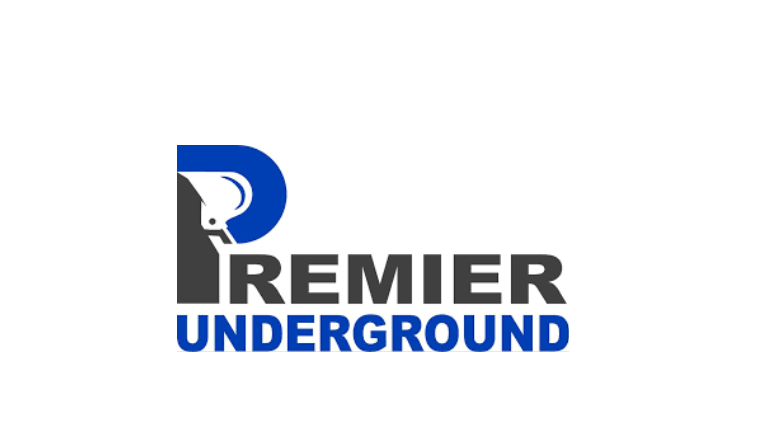By Premier Underground
Horizontal Directional Drilling has fast become a viable option in the underground construction industry. This method provides an excellent alternative to traditional open-cut trenching when faced with environmentally sensitive or obstructed jobsites. HDD contractors can lay utility conduits for gas, water, electric and telecommunication companies with faster, cleaner installations.
Here are the top five benefits fueling the increased demand of this underground technology in construction projects.
Minimal Disruptions
The primary appeal of trenchless directional drilling is the deceased amount of surface disruptions. Traditional open-cut excavation involves digging deep trenches that rip up the landscape, roadway or surface along the path. Horizontal underground boring provides a cleaner option with less soil displacement so there is less to replace.
Quicker Installations
Trenching or open cut is slower, as you have to dig deep trenches before laying conduits for your piping. Directional boring services use an automated surface-launched drilling rig that cuts through the soil underneath with less dirt displaced.
Lower Construction Project Costs
The ability of horizontal directional drilling contractors to eliminate the saw cutting, demo, removal and rehab of concrete, pavement, sidewalks or driveways makes it much less expensive since removal of surface material is eliminated. Boring contractors are able to save you time in labor, rehab of landscaping or parking lots, roads and driveways by drilling under these surfaces. Boring under existing utilities, rivers, creeks and lakes also save time and material through the ability to take shorter routes and shorter install times for product.
It Requires Less Licensure
The disturbances caused by open-cut necessitates the acquisition of different permits and technical approvals before construction projects can even kick-off. With less surface-disruptive activities, less licensing is required for HDD. Fewer permit issues mean projects can proceed faster and smoother.
Improved Safety
The excavation process poses inherent safety concerns for workers operating the equipment. Open cut involves digging of deep trenches that increases the risk of accidents happening within the worksite. Horizontal directional boring needs only a few small-bore pits on either end of the pipe. The fewer open holes mean reduced risks of injured workers and damaged equipment, thus making HDD a safer option.
In Conclusion
Horizontal directional drilling is a flexible, cost-effective, and environmentally-friendly alternative to traditional excavation methods. (Source)


1 Comment
My friend works with construction and has been talking to me about their options for putting the piping in. He mentioned horizontal drilling as an option, but I was curious why this would be better than simply digging the trenches. Thank you for explaining that it is a much faster method that displaces less dirt in the process.